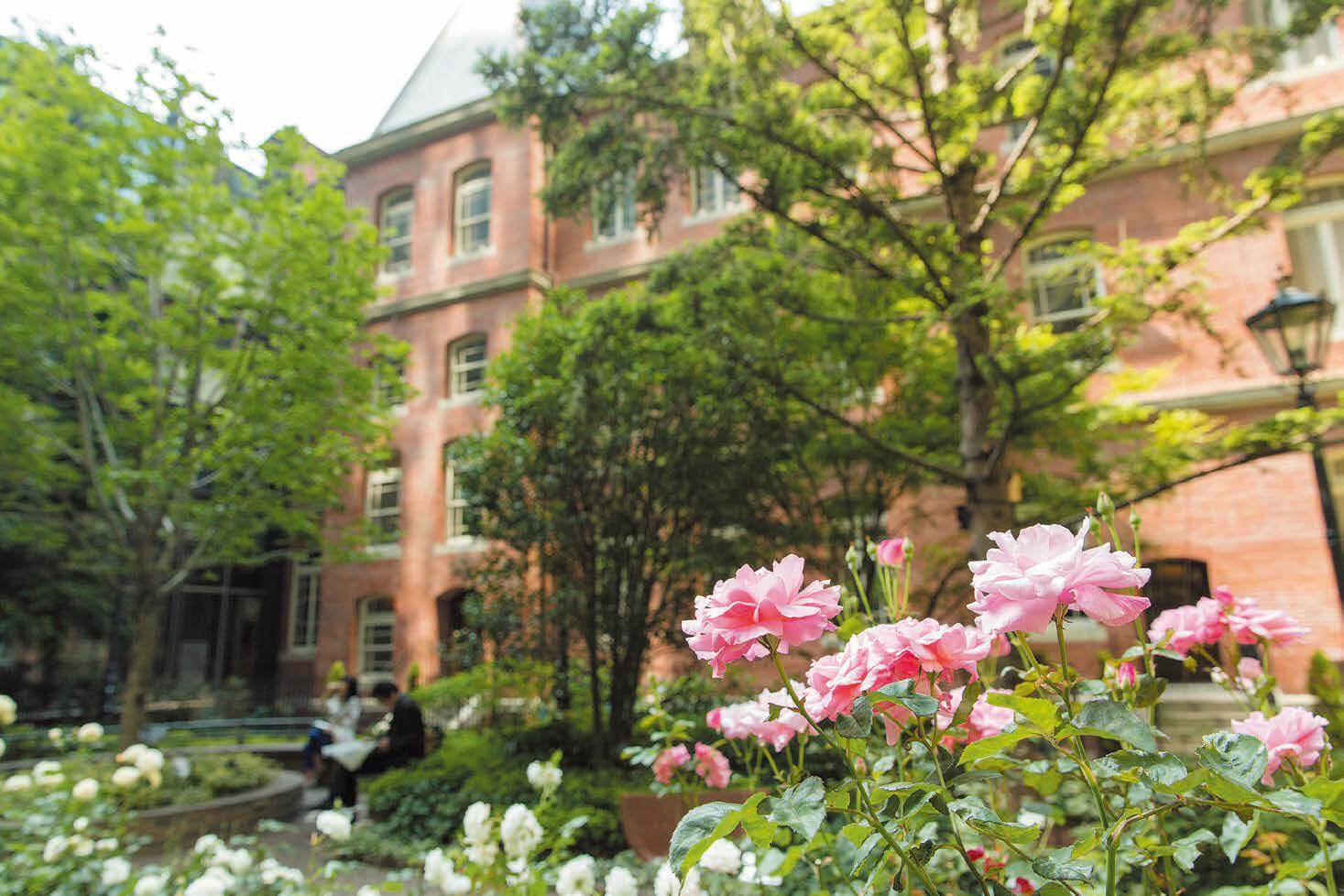The Many Splendors of the Mitsubishi Ichigokan Museum, Tokyo
TAKASHINA Shuji
(Director, Ohara Museum of Art)
Among the many exhibitions held thus far at the Mitsubishi Ichigokan Museum, Tokyo, one that left a particularly strong impression on me was Jean Siméon Chardin 1699 -1779 (2012). The Western painting that has long enjoyed great popularity among Japanese art lovers is that of late 19th and early 20th century when Paris began to attract young artists from all over the world as the “capital of art,” specifically the works of the Impressionists and Post-Impressionists, and the ensuing years, which saw the emergence of Fauvism, Cubism, and the École de Paris. There have been countless exhibitions in Japan, taking various forms, of artists such as Monet, Renoir, and Cézanne, as well as Van Gogh, Gauguin, Matisse, Picasso, Modigliani, and Chagall, and many of these artists’ works are in Japanese collections, making them very familiar. Meanwhile, French painting from the 18th century and earlier, especially from the Ancien Régime prior to the French Revolution, has been exhibited much less often. Chardin, as well, is a name long recognized in Japan, but this was probably the first opportunity for viewers to encounter his works in a full-fledged exhibition. An exhibition environment optimal for viewing Chardin’s works was also a major factor contributing to its success.
The Mitsubishi Ichigokan was originally built not as a museum but as an office building, designed in 1894 by the British architect Josiah Conder at the invitation of the Meiji-era (1868-1912) Japanese government. It later underwent various modifications, but in preparation for its reopening as a museum it was faithfully restored to its original form, and the building itself is a precious piece of cultural heritage. Thus the layout and interior of each room, passageway and so forth are kept as is, prioritizing preservation of their original condition, meaning it is not a white-cube type art museum containing galleries with expansive walls, but rather consists of compact office-sized rooms, with the exception of the somewhat larger gallery on the third floor in the rear. The calm ambience of these rooms, some containing understated fireplaces, was certainly well suited to the still-life painting of Chardin, known as a Jean Siméon Chardin 1699 -1779.
Besides the Chardin show, other exhibitions at the Mitsubishi Ichigokan Museum have offered viewers opportunities for close and in-depth appreciation of landscape, still life, and genre paintings and decorative arts that brightened the everyday lives of ordinary citizens, especially in the late 19th century, rather than the massive historical paintings often found in palaces and noble residences, as well as studies, sketches, drawings, prints, and related books and photographic materials of great value for their art-historical context. The KATAGAMI Style exhibition (2012) was a truly unforgettable one, revealing unique aspects of the Japonisme that gained popularity in this era by presenting exquisite and elaborate Japanese katagami stencils themselves alongside textiles made using them.
We cannot overlook the profound connection between the Mitsubishi Ichigokan Museum’s highly distinctive exhibition strategy, and the extensive museum collection that is its lifeblood.
Odilon Redon’s Grand Bouquet, shown for the first time in this country at the exhibition Rêves de fin-de-siècle: Odilon Redon et ses amis in 2012, is the largest surviving pastel by Redon, and is said to have originally adorned the dining room of a noble residence in the Bourgogne region of France. It was certainly a pleasant surprise to hear that this singular masterwork was now in the collection of a Japanese art museum. Many other works in the diverse Mitsubishi Ichigokan Museum collection make it truly worthy of the title rêves de fin-de-siècle (“end-of-the-[19th] century dreams”). Worthy of special mention are the graphic art of the brilliant Henri de Toulouse-Lautrec appearing in the 2011 Toulouse-Lautrec exhibition, and the oil paintings and numerous prints of Félix Vallotton, the unconventional Swiss-born member of Les Nabis. His singular genius, described as “fire beneath the ice” in the 2014 Félix Vallotton (1865-1925). Le feu sous la glace exhibition, makes him one of my favorite painters, and the exhibition was truly a delight. Perhaps most priceless of all is a complete set of L’Estampe Originale, a folio of prints by Toulouse-Lautrec, Bonnard, Gauguin, Denis and other great standard bearers of fin-de-siècle art, which would be a rarity anywhere in the world. In addition, the marvelous and abundant decorative arts collection, including Minton, Royal Worcester, Louis Comfort, Tiffany, Émile Gallé and others, assembled by John and Miyoko Unno Davey of New York on the theme of “Japonisme in Everyday Life,” is an extremely important one in terms of both the consummate craftsmanship of the magnificent works themselves and its historical significance. Looking toward the future, I have the highest expectations for future activities of the Mitsubishi Ichigokan Museum which continues to draw on its superb collection and present viewers with outstanding exhibitions organized from a clear and consistent perspective.
